
The Challenge: The objective of this challenge is to develop an innovative solution that will reduce carbon emissions from U.S. buildings (residential, commercial, new, or existing). Student problem statements can focus on embodied carbon, carbon sequestration and storage, and/or operational carbon emissions. Innovative solutions should lead to significant reductions in carbon emissions, and fewer inequalities in obtaining new technologies for identified stakeholder groups.

The Challenge: The objective of this challenge is to increase the electrification of U.S. buildings (residential, commercial, new, or existing). Student team solutions should lead to reductions in energy use and carbon emissions through electrification solutions, and students should emphasize reducing inequalities in obtaining technologies for identified stakeholder groups.

The Challenge: The objective of this challenge is to develop novel technical solutions to improve the resilience and sustainability of the built environment and identify ways for each proposed solution to enable underserved communities to adapt, persist, and recover from extreme weather and persistent stress, such as those caused by climate change.

The Challenge: The objective of this challenge is to develop novel technical solutions to improve the resilience and sustainability of the built environment and identify ways for each proposed solution to enable underserved communities to adapt, persist, and recover from extreme weather and persistent stress, such as those caused by climate change.
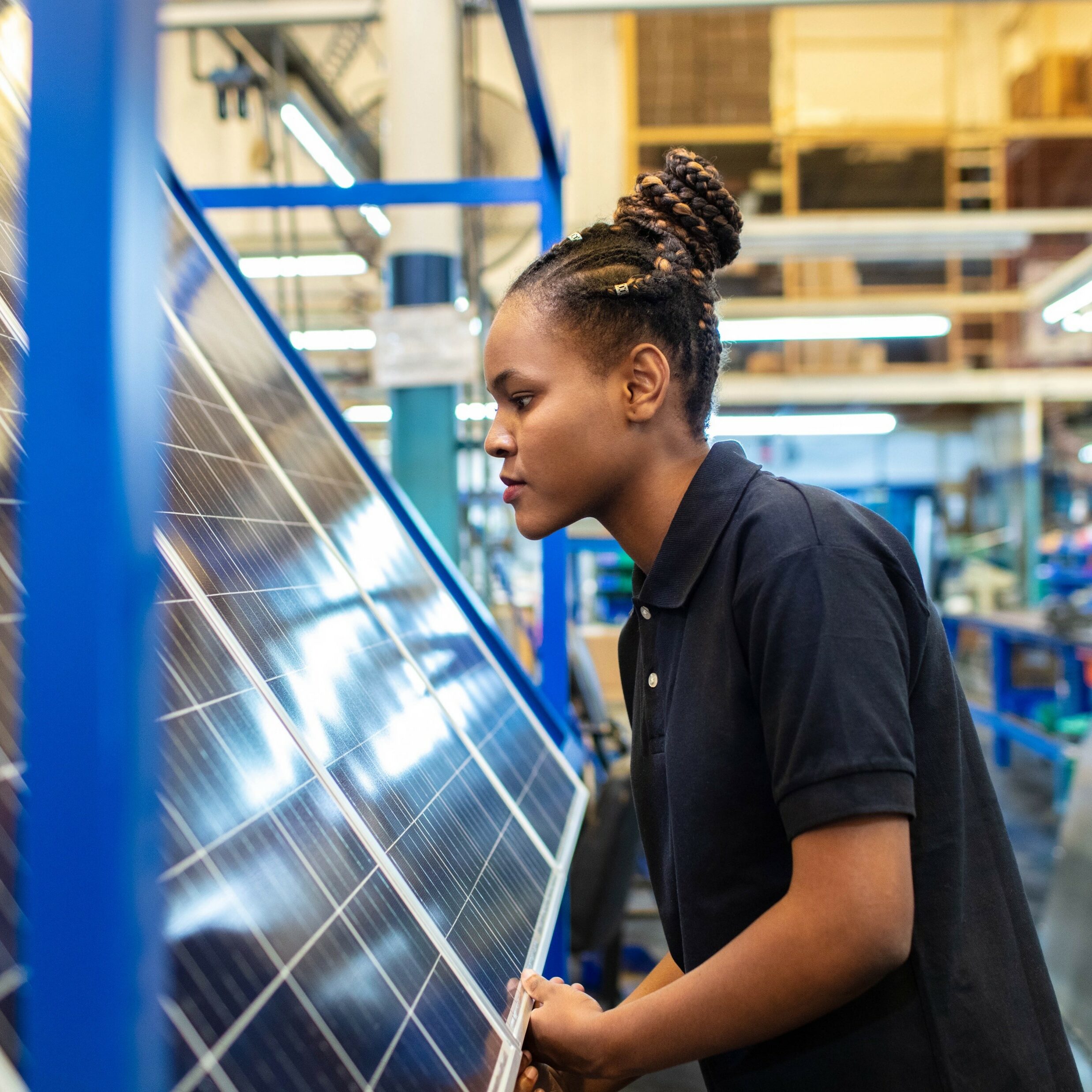
The Challenge: The objective of this challenge is to develop an innovative solution that will reduce carbon emissions from U.S. buildings (residential, commercial, new, or existing). Student problem statements can focus on embodied carbon, carbon sequestration and storage, and/or operational carbon emissions. Innovative solutions should lead to significant reductions in carbon emissions, and fewer inequalities in obtaining new technologies for identified stakeholder groups.

The Challenge: The objective of this challenge is to develop an innovative solution that will reduce carbon emissions from U.S. buildings (residential, commercial, new, or existing). Student problem statements can focus on embodied carbon, carbon sequestration and storage, and/or operational carbon emissions. Innovative solutions should lead to significant reductions in carbon emissions, and fewer inequalities in obtaining new technologies for identified stakeholder groups.
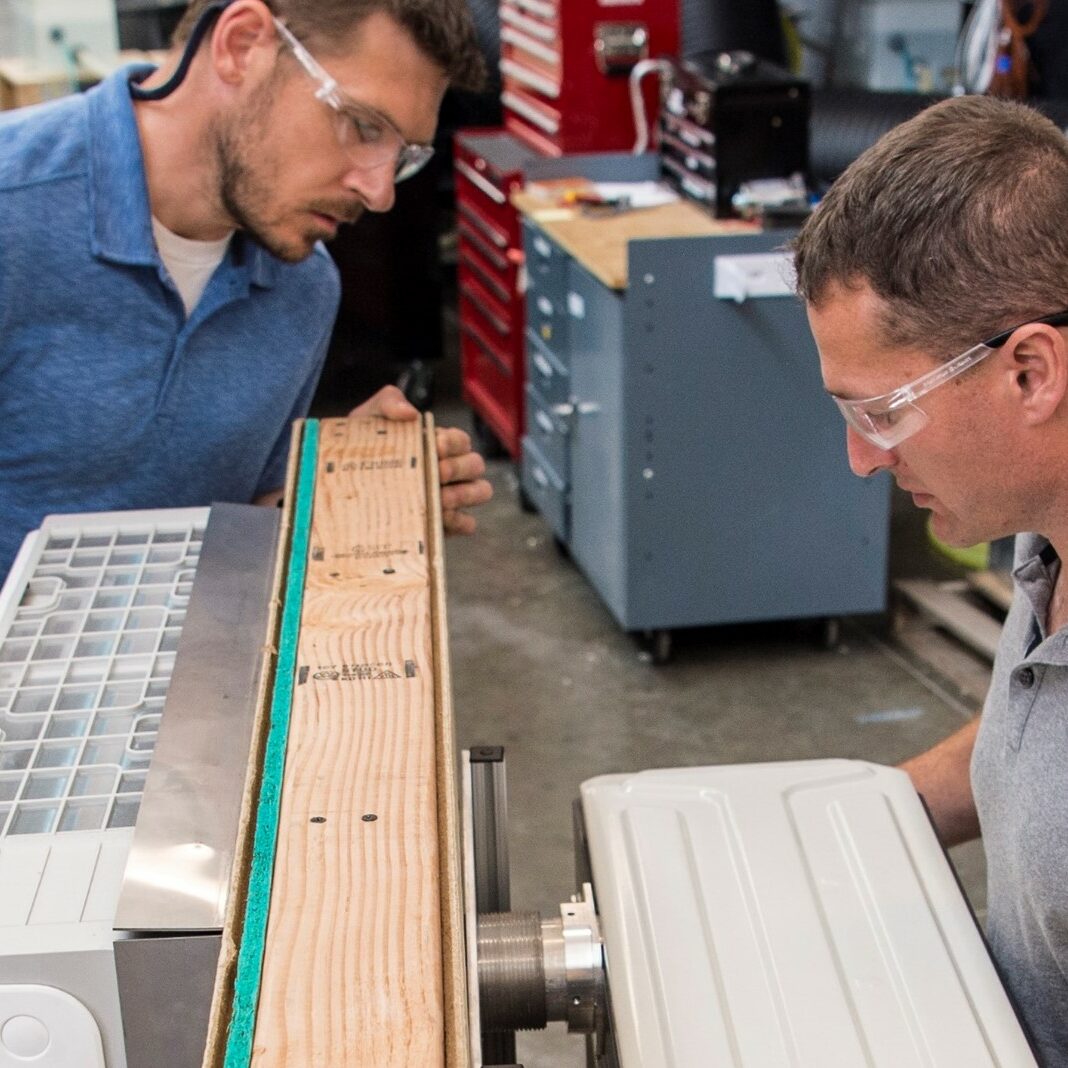
The Challenge: The objective of this challenge is to increase the electrification of U.S. buildings (residential, commercial, new, or existing). Student team solutions should lead to reductions in energy use and carbon emissions through electrification solutions, and students should emphasize reducing inequalities in obtaining technologies for identified stakeholder groups.

The Challenge: The objective of this challenge is to increase the electrification of U.S. buildings (residential, commercial, new, or existing). Student team solutions should lead to reductions in energy use and carbon emissions through electrification solutions, and students should emphasize reducing inequalities in obtaining technologies for identified stakeholder groups.
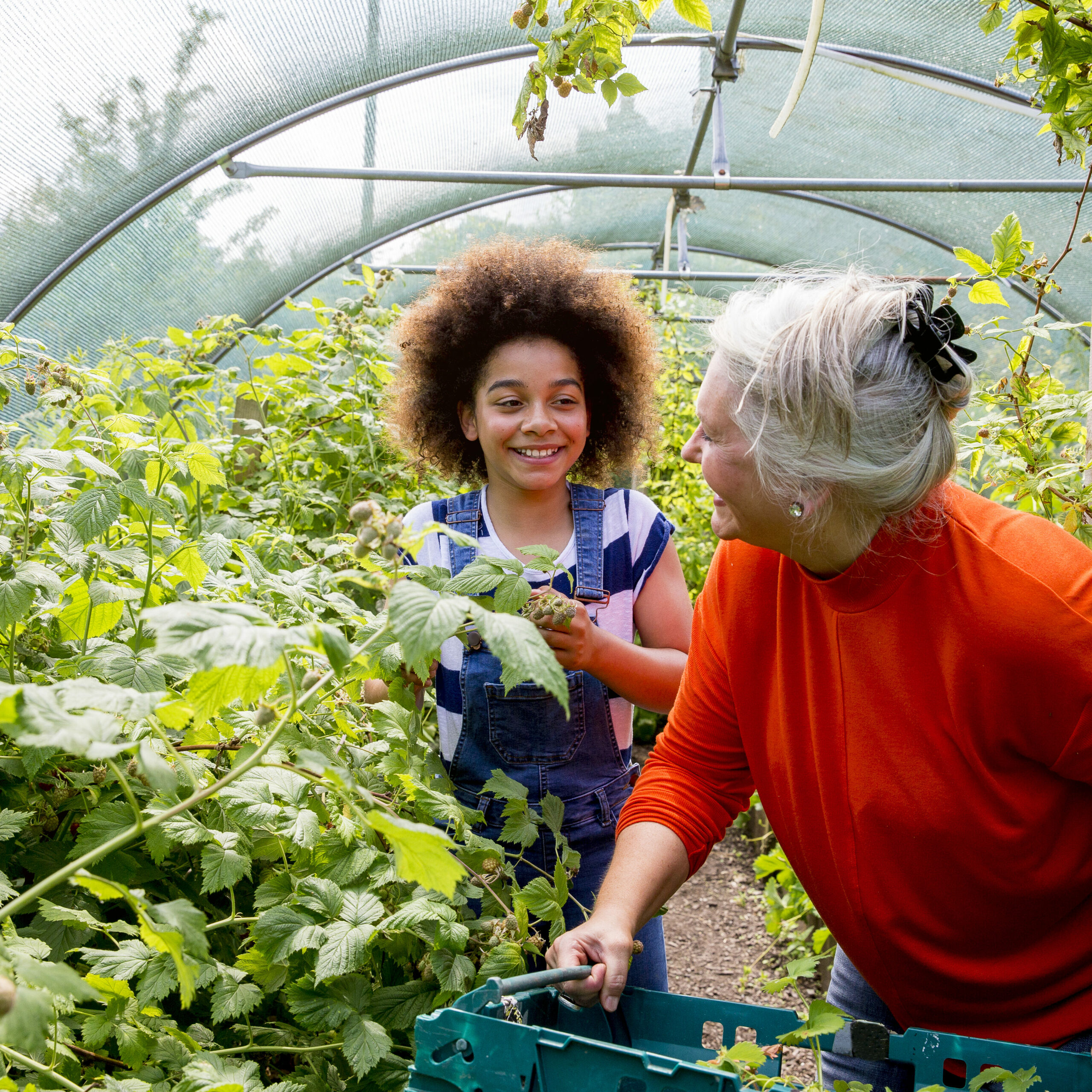
The Challenge: The objective of this challenge is to develop novel technical solutions to improve the resilience and sustainability of the built environment and identify ways for each proposed solution to enable underserved communities to adapt, persist, and recover from extreme weather and persistent stress, such as those caused by climate change.

The Challenge: The objective of this challenge is to develop novel technical solutions to improve the resilience and sustainability of the built environment and identify ways for each proposed solution to enable underserved communities to adapt, persist, and recover from extreme weather and persistent stress, such as those caused by climate change.
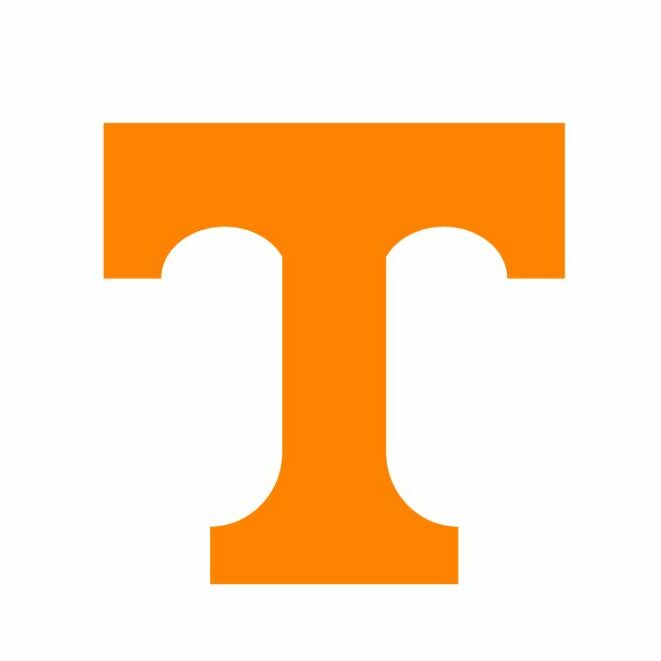
The Challenge: Resilience for All in the Wake of Disaster. The objective of this challenge is to develop holistic solutions to improve the resilience of the built environment, making equity a central focus of the proposed solution by strengthening the ability of communities—especially those that are underserved, marginalized and vulnerable—to adapt, persist, and recover in the event of natural or manmade disruptive events.
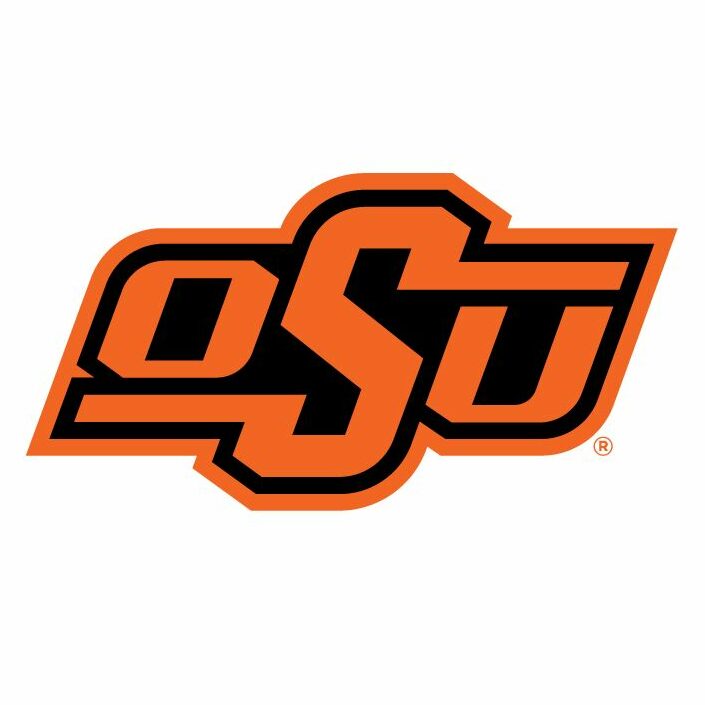
The Challenge: Resilience for All in the Wake of Disaster. The objective of this challenge is to develop holistic solutions to improve the resilience of the built environment, making equity a central focus of the proposed solution by strengthening the ability of communities—especially those that are underserved, marginalized and vulnerable—to adapt, persist, and recover in the event of natural or manmade disruptive events.

The Challenge: Resilience for All in the Wake of Disaster. The objective of this challenge is to develop holistic solutions to improve the resilience of the built environment, making equity a central focus of the proposed solution by strengthening the ability of communities—especially those that are underserved, marginalized and vulnerable—to adapt, persist, and recover in the event of natural or manmade disruptive events.
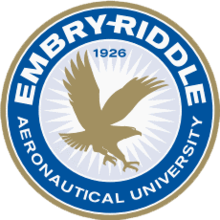
The Challenge: Solving Market Adoption for Emerging Efficiency Technologies. The objective of this challenge is to develop an innovative, holistic solution that will increase the accessibility, purchase, installation, and use of energy efficiency technologies in buildings (residential, commercial, new, or existing). This will lead to reductions in energy use and carbon emissions, and fewer inequalities in obtaining new technologies for identified stakeholder groups.
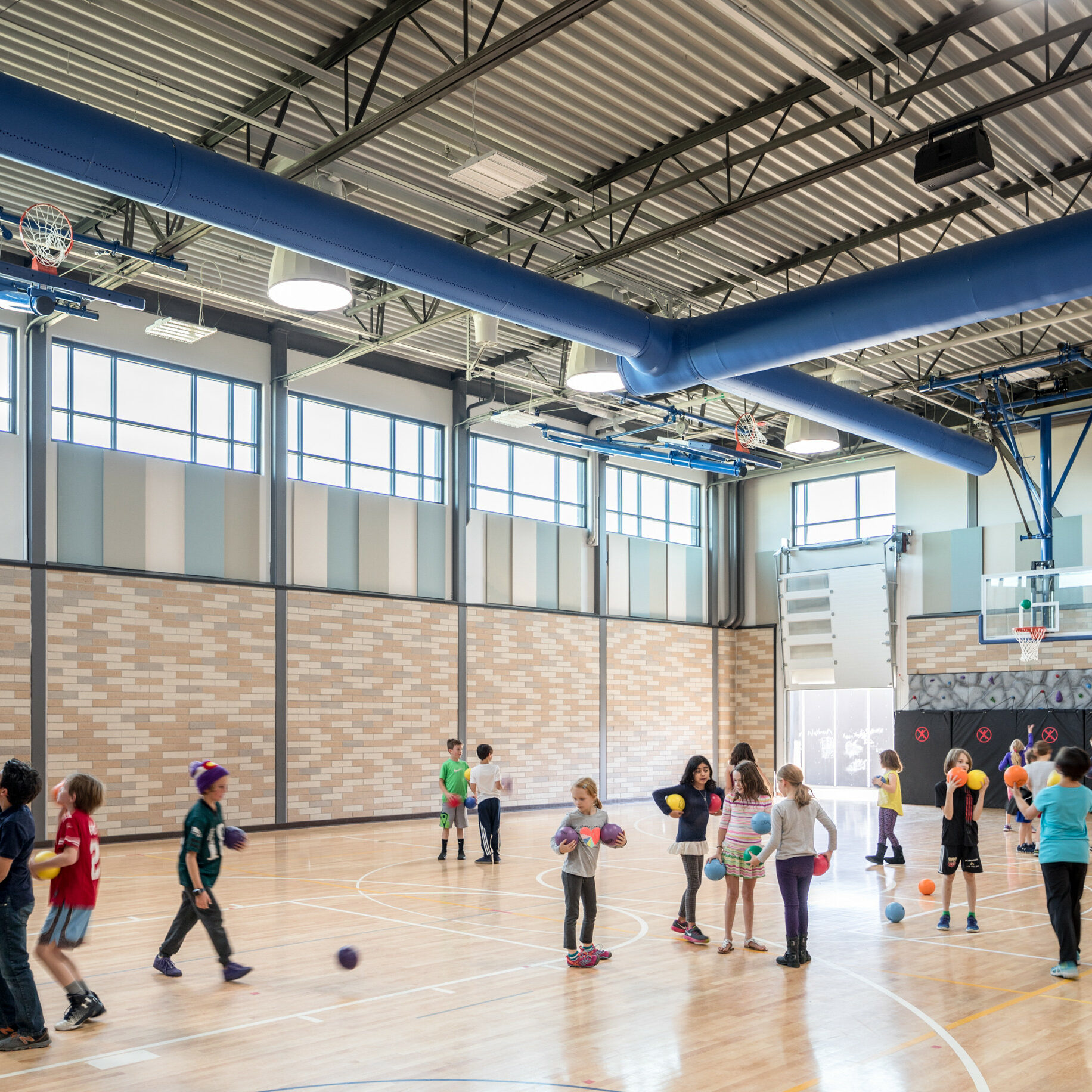
The Challenge: Equal Access to Healthy Indoor Air. The objective of this challenge is to develop a holistic solution to address indoor air quality (IAQ) inequities in the United States. This topic relates to both the technical aspects of IAQ as well as other areas including IAQ-related policy, epidemiology, environmental justice, community economic impact, commercialization, codes and standards, and appropriate metrics development.
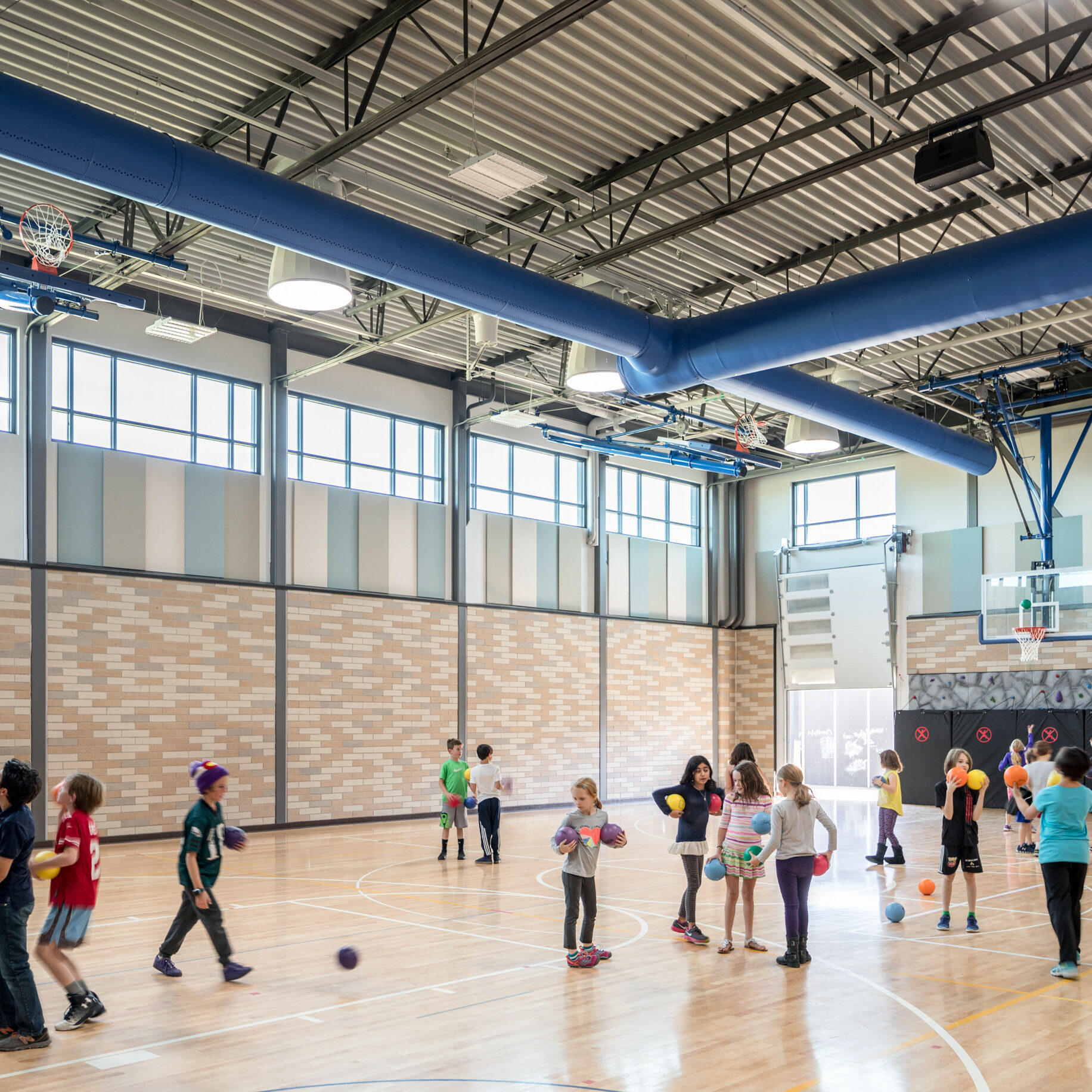
The Challenge: Equal Access to Healthy Indoor Air. The objective of this challenge is to develop a holistic solution to address indoor air quality (IAQ) inequities in the United States. This topic relates to both the technical aspects of IAQ as well as other areas including IAQ-related policy, epidemiology, environmental justice, community economic impact, commercialization, codes and standards, and appropriate metrics development.
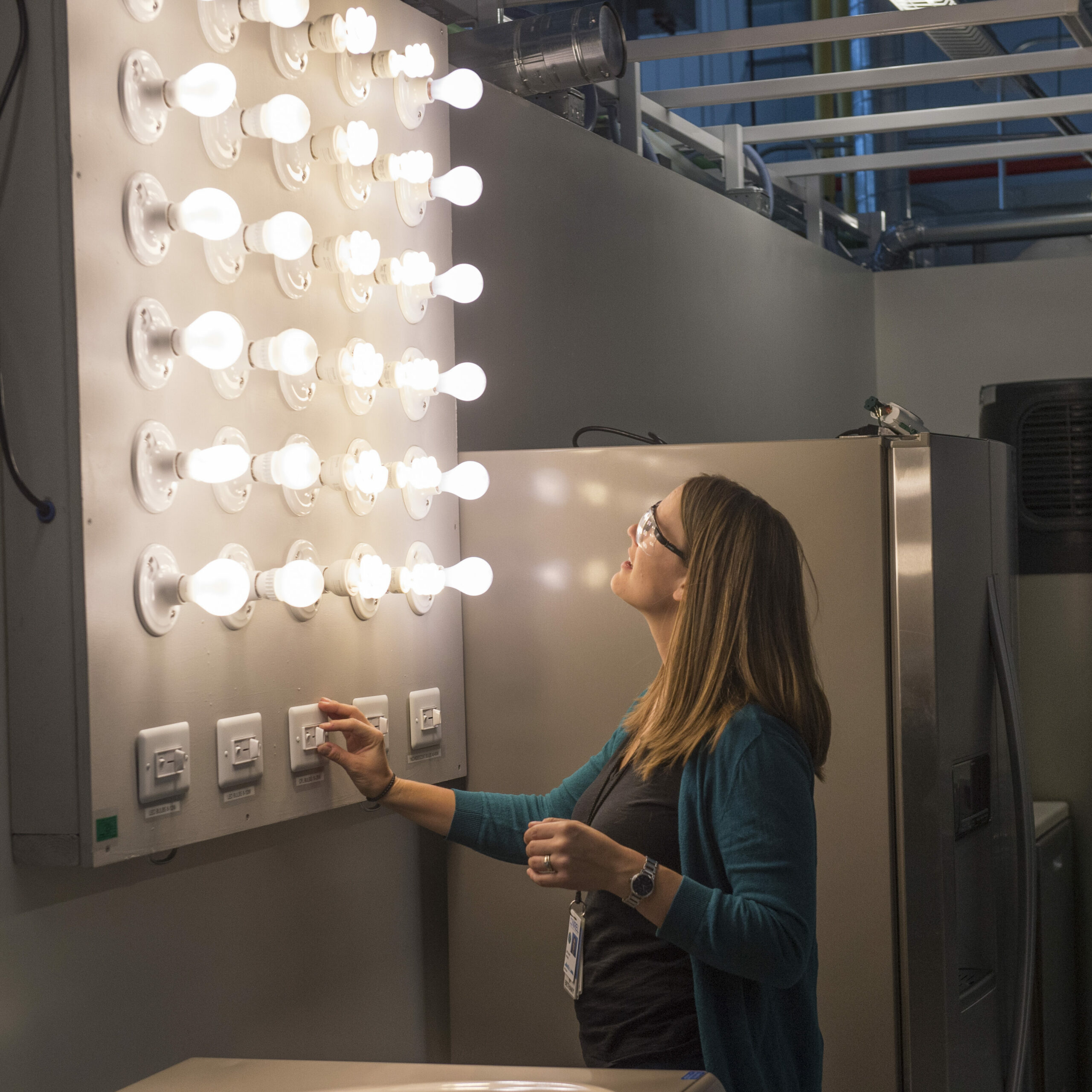
The Challenge: Solving Market Adoption for Emerging Efficiency Technologies. The objective of this challenge is to develop an innovative, holistic solution that will increase the accessibility, purchase, installation, and use of energy efficiency technologies in buildings (residential, commercial, new, or existing). This will lead to reductions in energy use and carbon emissions, and fewer inequalities in obtaining new technologies for identified stakeholder groups.
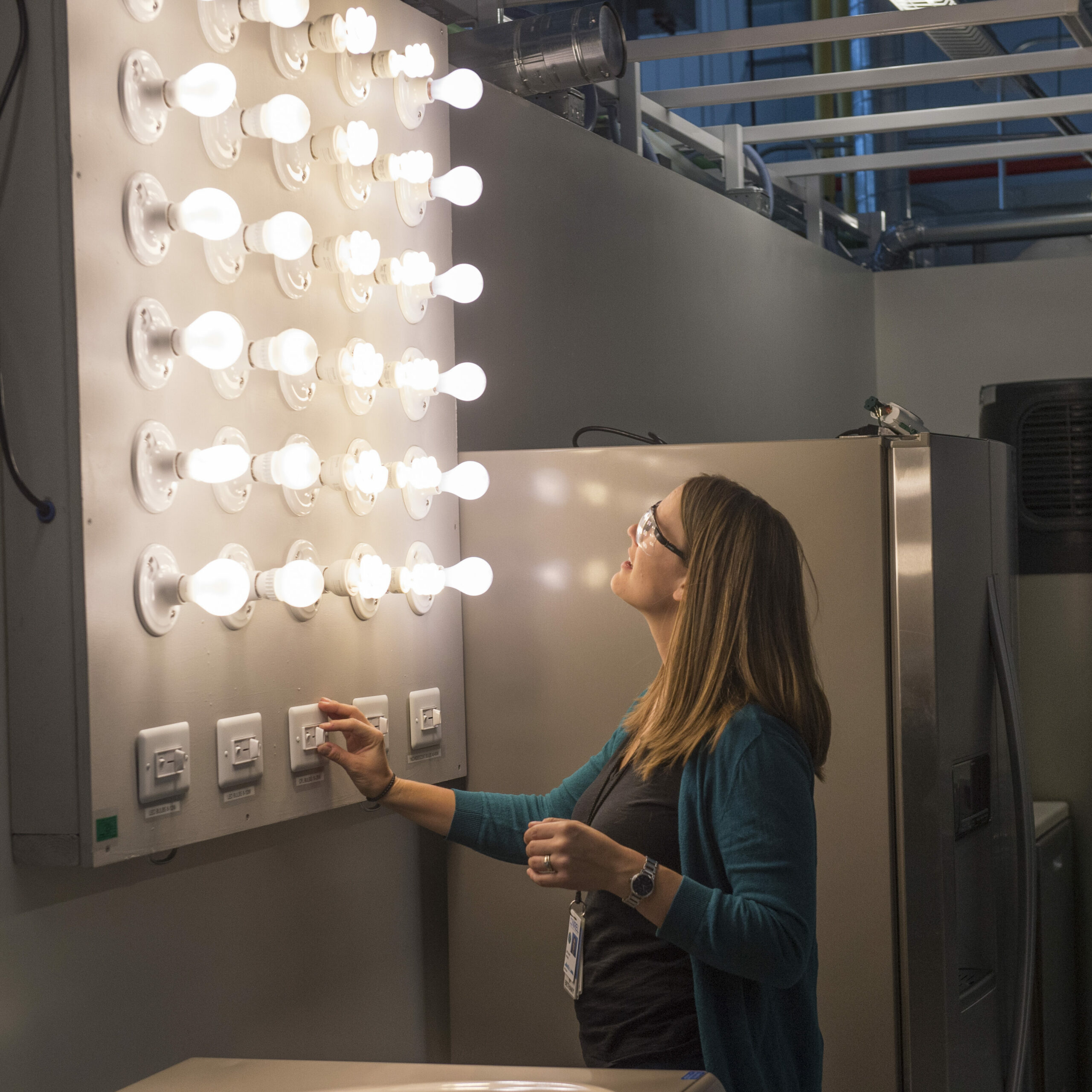
The Challenge: Solving Market Adoption for Emerging Efficiency Technologies. The objective of this challenge is to develop an innovative, holistic solution that will increase the accessibility, purchase, installation, and use of energy efficiency technologies in buildings (residential, commercial, new, or existing). This will lead to reductions in energy use and carbon emissions, and fewer inequalities in obtaining new technologies for identified stakeholder groups.

The Challenge: Resilience for All in the Wake of Disaster. The objective of this challenge is to develop holistic solutions to improve the resilience of the built environment, making equity a central focus of the proposed solution by strengthening the ability of communities—especially those that are underserved, marginalized and vulnerable—to adapt, persist, and recover in the event of natural or manmade disruptive events.

The Challenge: Resilience for All in the Wake of Disaster. The objective of this challenge is to develop holistic solutions to improve the resilience of the built environment, making equity a central focus of the proposed solution by strengthening the ability of communities—especially those that are underserved, marginalized and vulnerable—to adapt, persist, and recover in the event of natural or manmade disruptive events.

The Challenge: Resilience for All in the Wake of Disaster. The objective of this challenge is to develop holistic solutions to improve the resilience of the built environment, making equity a central focus of the proposed solution by strengthening the ability of communities—especially those that are underserved, marginalized and vulnerable—to adapt, persist, and recover in the event of natural or manmade disruptive events.

The Challenge: Resilience for All in the Wake of Disaster. The objective of this challenge is to develop holistic solutions to improve the resilience of the built environment, making equity a central focus of the proposed solution by strengthening the ability of communities—especially those that are underserved, marginalized and vulnerable—to adapt, persist, and recover in the event of natural or manmade disruptive events.

The Challenge: Resilience for All in the Wake of Disaster. The objective of this challenge is to develop holistic solutions to improve the resilience of the built environment, making equity a central focus of the proposed solution by strengthening the ability of communities—especially those that are underserved, marginalized and vulnerable—to adapt, persist, and recover in the event of natural or manmade disruptive events.
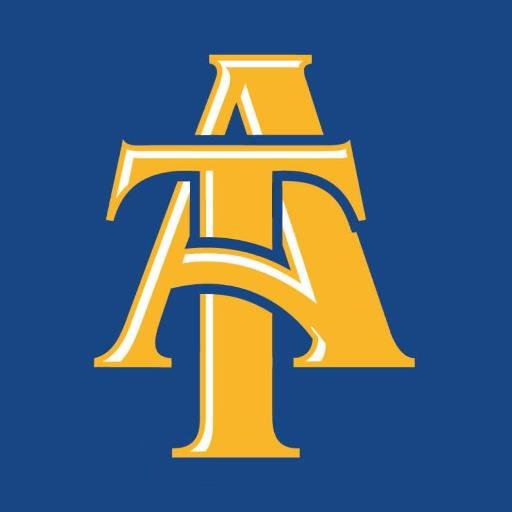
The Challenge: Advanced Building Construction Methods. The objective of this challenge is to develop an innovative solution incorporating substantial changes in building materials or construction methods, leading to benefits such as increased productivity and worker safety through reduced construction time, reduced cost and waste, improvements to occupant comfort and health, and reduced energy use.

The Challenge: Advanced Building Construction Methods. The objective of this challenge is to develop an innovative solution incorporating substantial changes in building materials or construction methods, leading to benefits such as increased productivity and worker safety through reduced construction time, reduced cost and waste, improvements to occupant comfort and health, and reduced energy use.
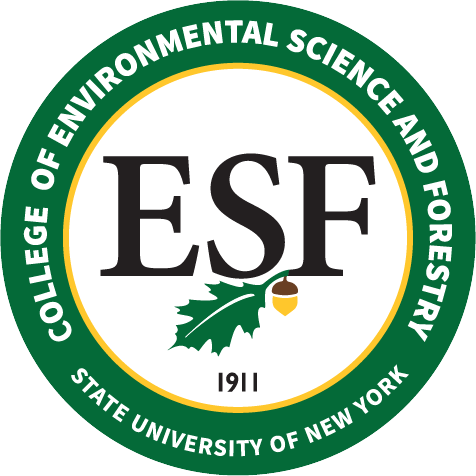
The Challenge: Building Energy Audits for Residential or Commercial Buildings. The objective of this challenge is to develop technical solutions to expedite energy audits or develop a simplified, yet effective, energy audit methodology, by finding ways to reduce time and cost compared to current audit practices. In addition to proposing solutions, this challenge also asks teams to demonstrate the proposed energy audit solution on an existing building.

The Challenge: Grid-Interactive Efficient Buildings (GEB). The objective of this challenge is to develop conceptual designs that support BTO’s overall GEB strategy in the areas of 1) intelligent algorithms that optimize the operation of building’s active and passive systems to maximize energy efficiency, and 2) whole-building-level interoperable and low cost automation systems that enable communication with building equipment and appliance to optimize operation to provide grid services.
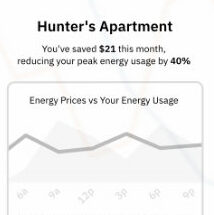
The Challenge: Grid-Interactive Efficient Buildings (GEB). The objective of this challenge is to develop conceptual designs that support BTO’s overall GEB strategy in the areas of 1) intelligent algorithms that optimize the operation of building’s active and passive systems to maximize energy efficiency, and 2) whole-building-level interoperable and low cost automation systems that enable communication with building equipment and appliance to optimize operation to provide grid services.
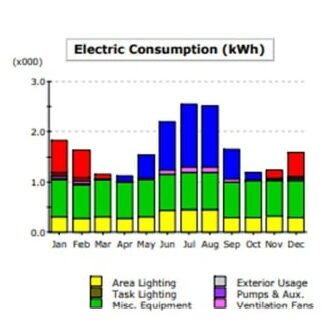
The Challenge: Building Energy Audits for Residential or Commercial Buildings. The objective of this challenge is to develop technical solutions to expedite energy audits or develop a simplified, yet effective, energy audit methodology, by finding ways to reduce time and cost compared to current audit practices. In addition to proposing solutions, this challenge also asks teams to demonstrate the proposed energy audit solution on an existing building.
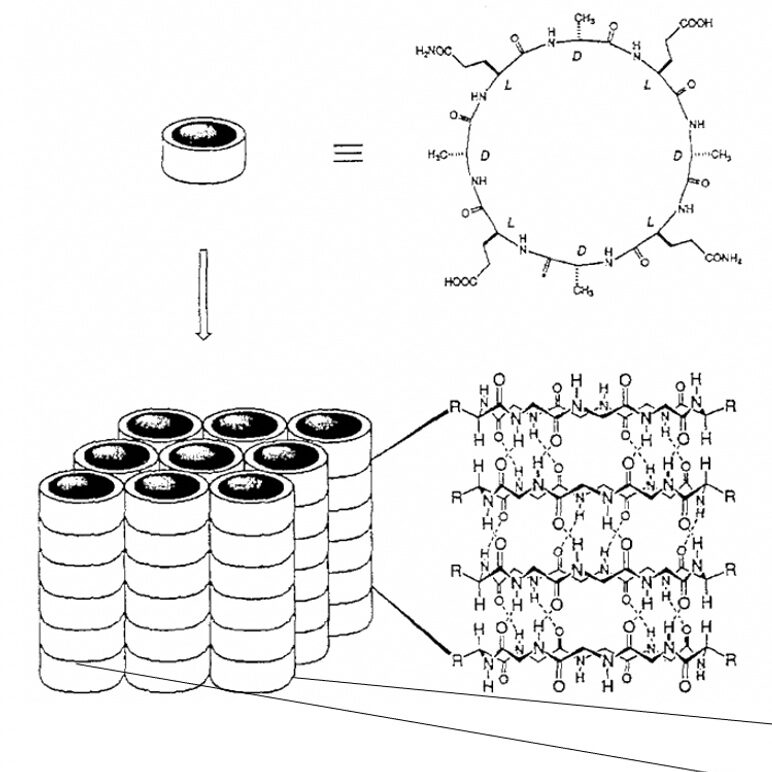
The Challenge: Advanced Building Construction Methods. The objective of this challenge is to develop an innovative solution incorporating substantial changes in building materials or construction methods, leading to benefits such as increased productivity and worker safety through reduced construction time, reduced cost and waste, improvements to occupant comfort and health, and reduced energy use.
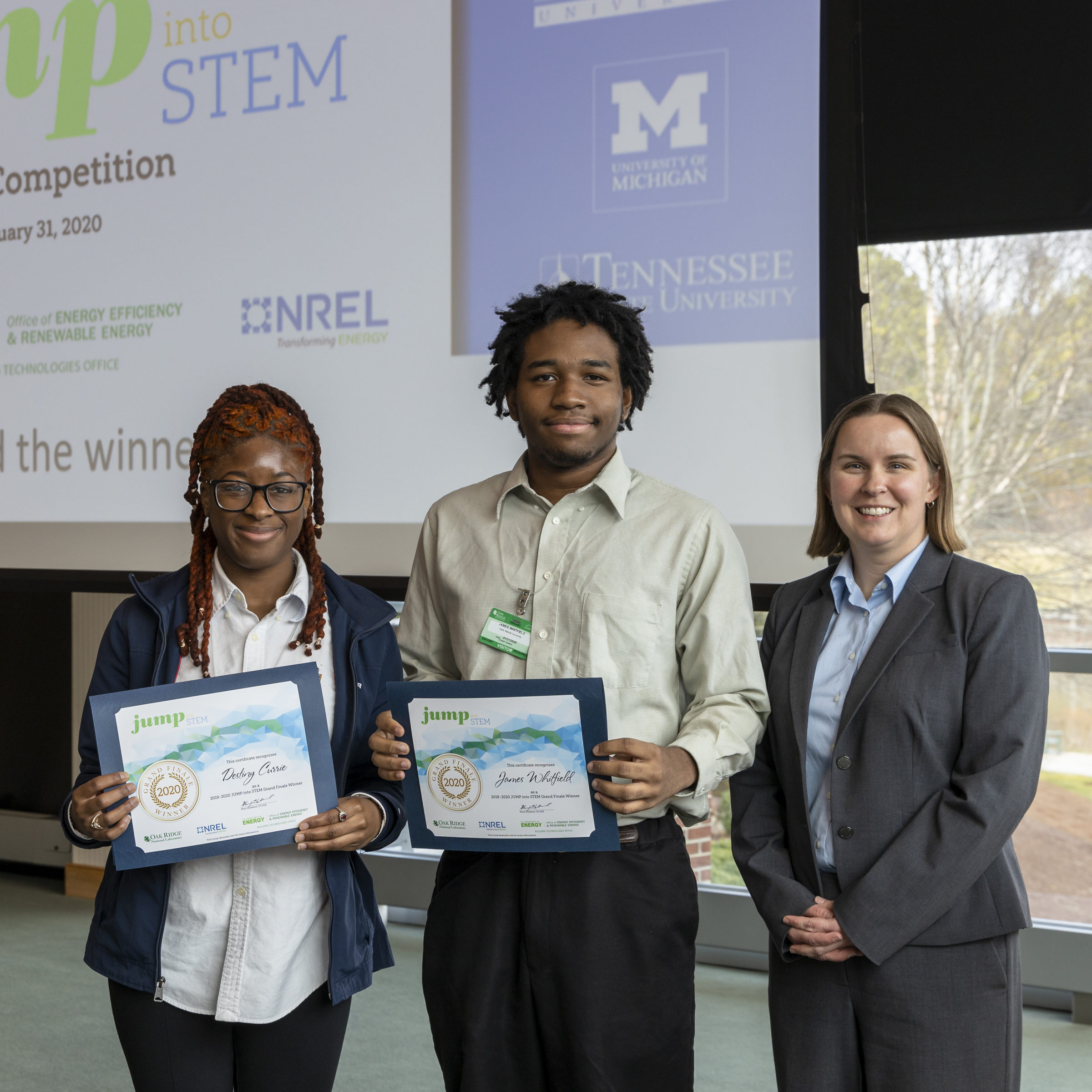
The Challenge: Smart Sensors and Controls for Residential Buildings. The objective of this challenge was to identify a specific community impacted by this problem, describe the stakeholder community and the specific challenges.
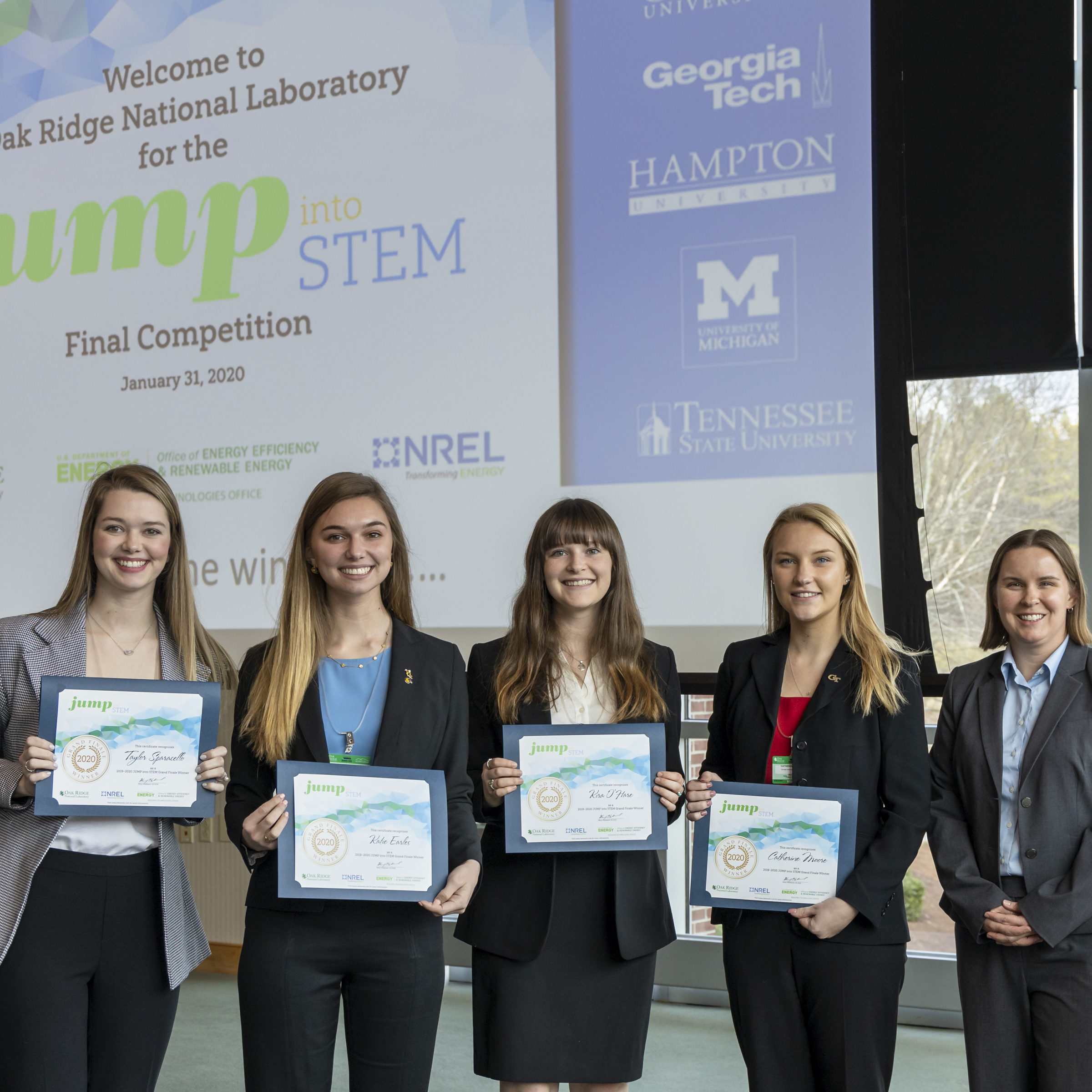
The Challenge: Smart Sensors and Controls for Residential Buildings. The objective of this challenge was to identify a specific community impacted by this problem, describe the stakeholder community and the specific challenges.
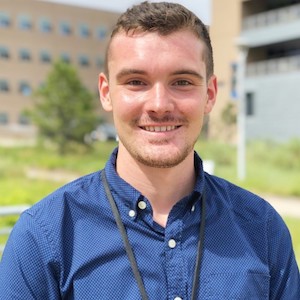
The Challenge: Open “What-If” Challenge: Connecting the Right data at the Right Time to Improve Residential Building Performance. The objective of this challenge was to identify and design approaches to influence homeowner decisions to optimize their energy use.

The Challenge: Open “What-If” Challenge: Connecting the Right data at the Right Time to Improve Residential Building Performance. The objective of this challenge was to identify and design approaches to influence homeowner decisions to optimize their energy use.
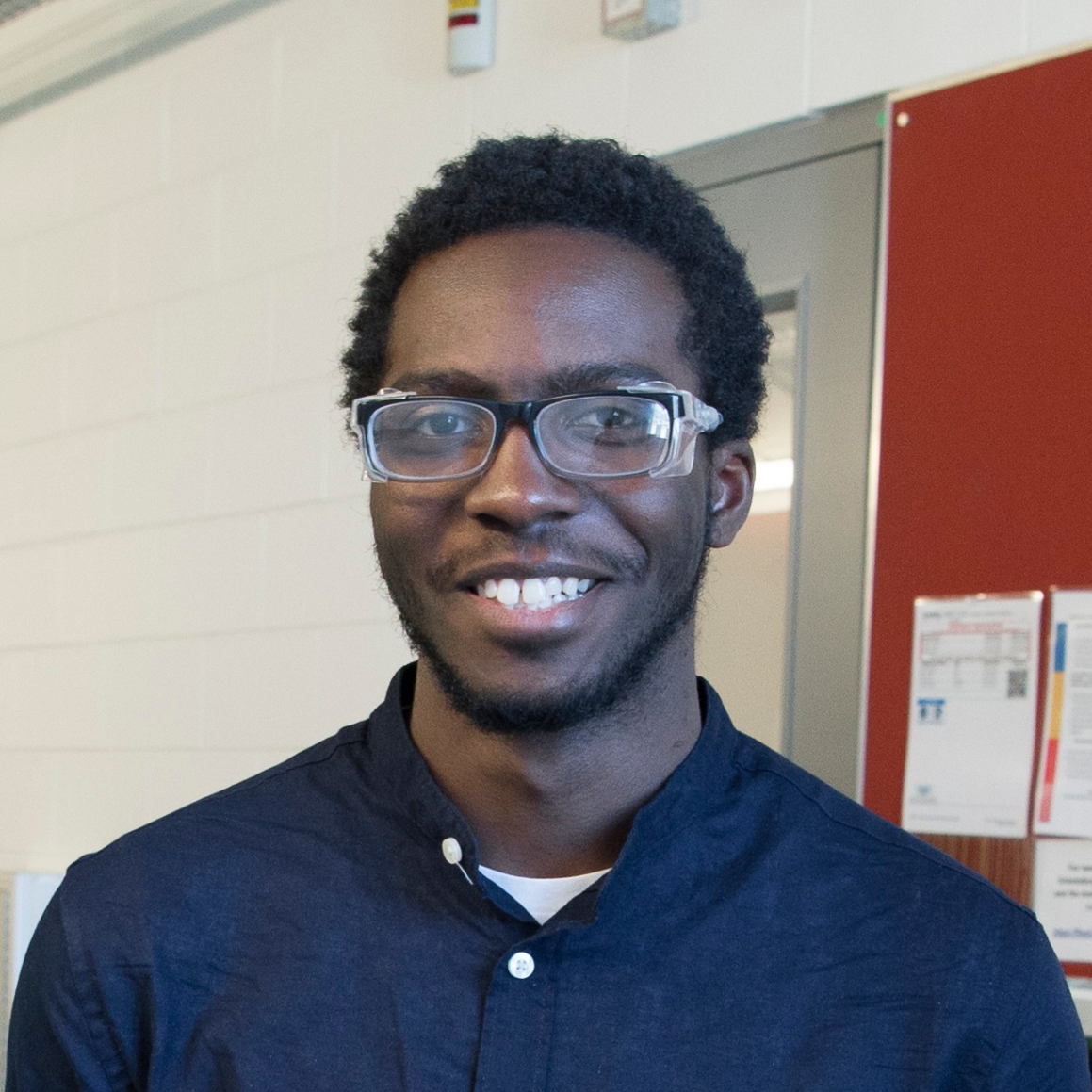
The Challenge: Open “What-If” Challenge: Connecting the Right data at the Right Time to Improve Residential Building Performance. The objective of this challenge was to identify and design approaches to influence homeowner decisions to optimize their energy use.